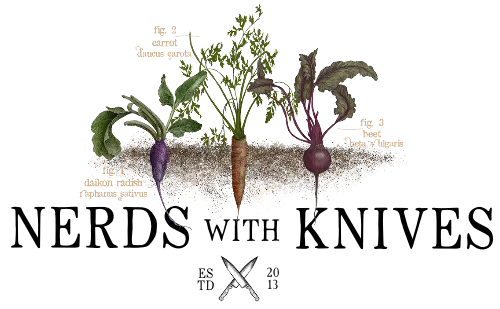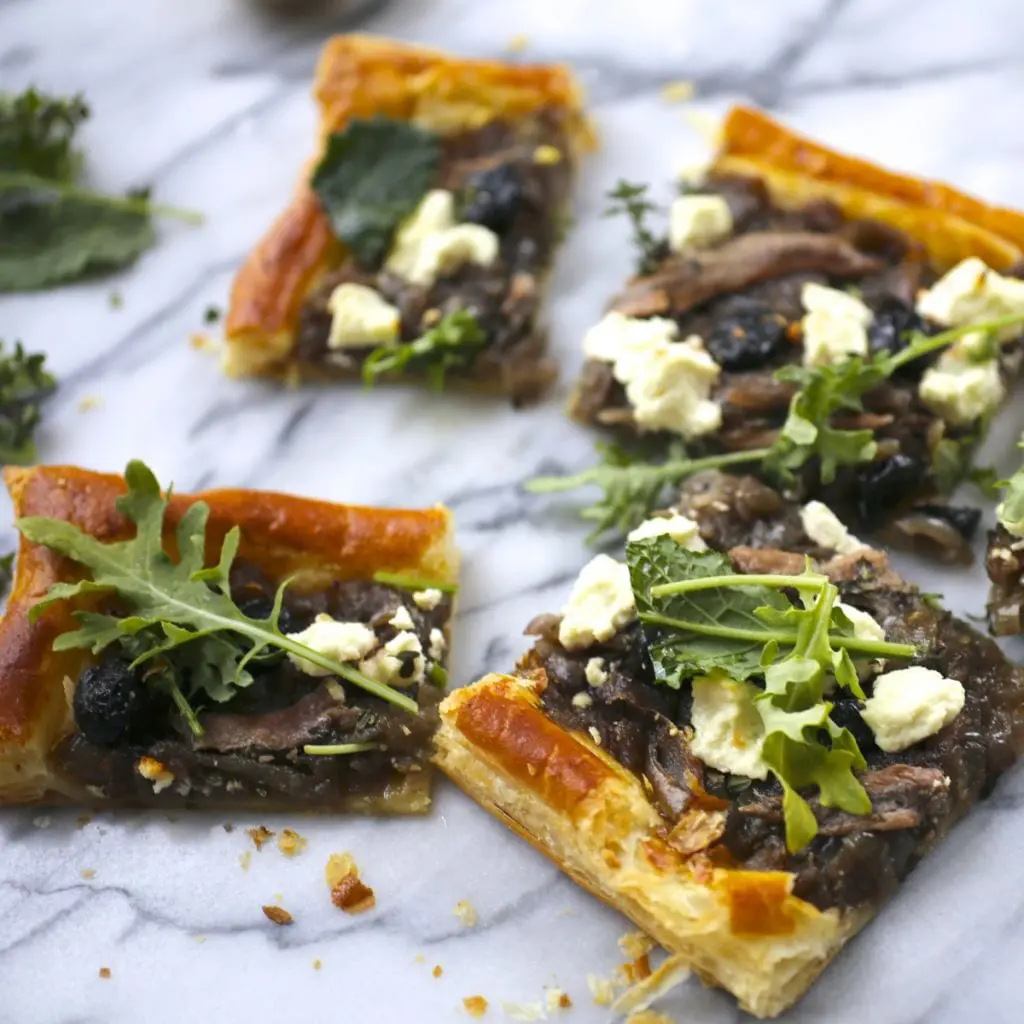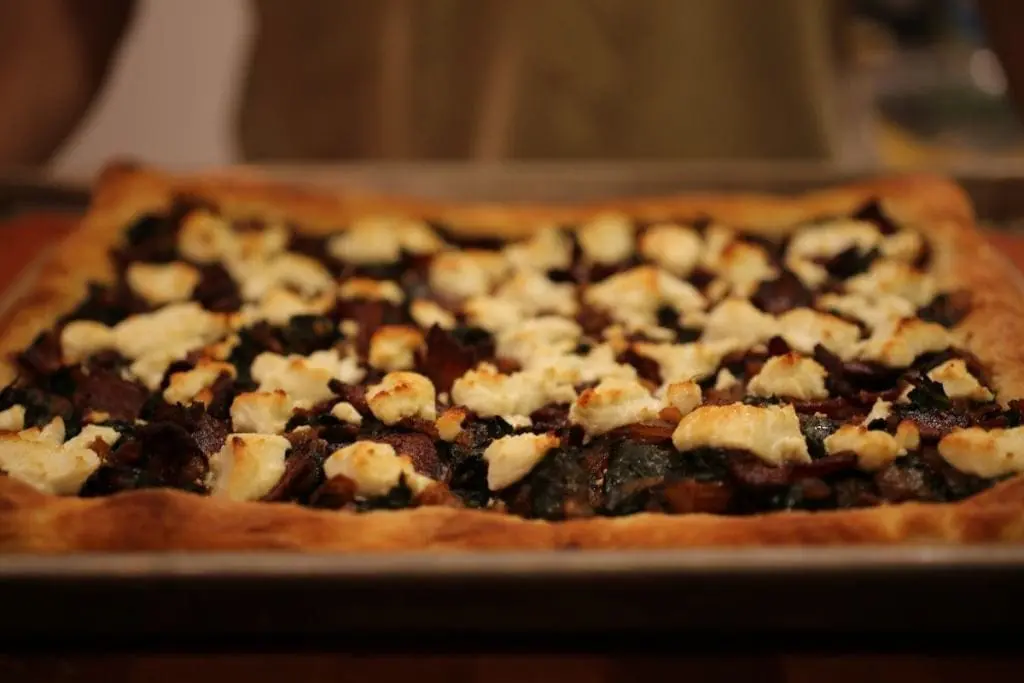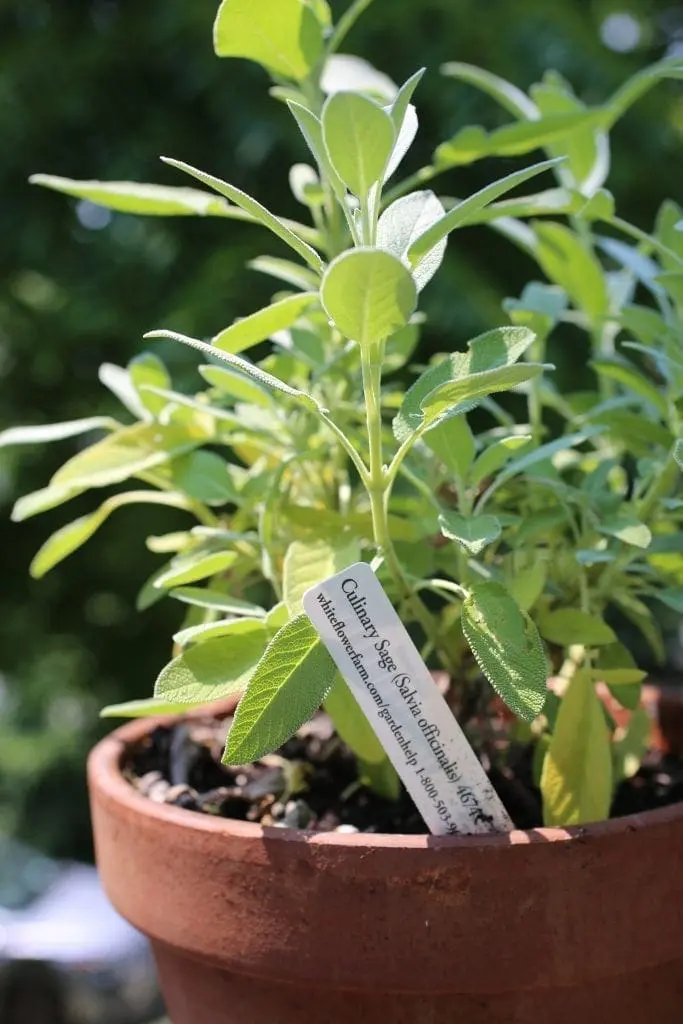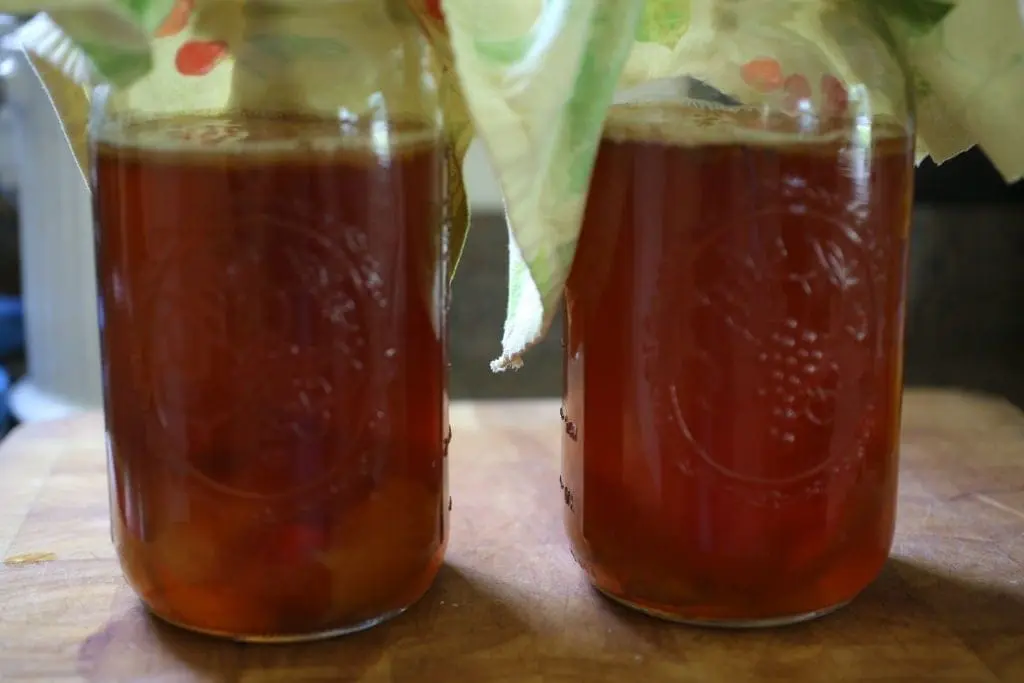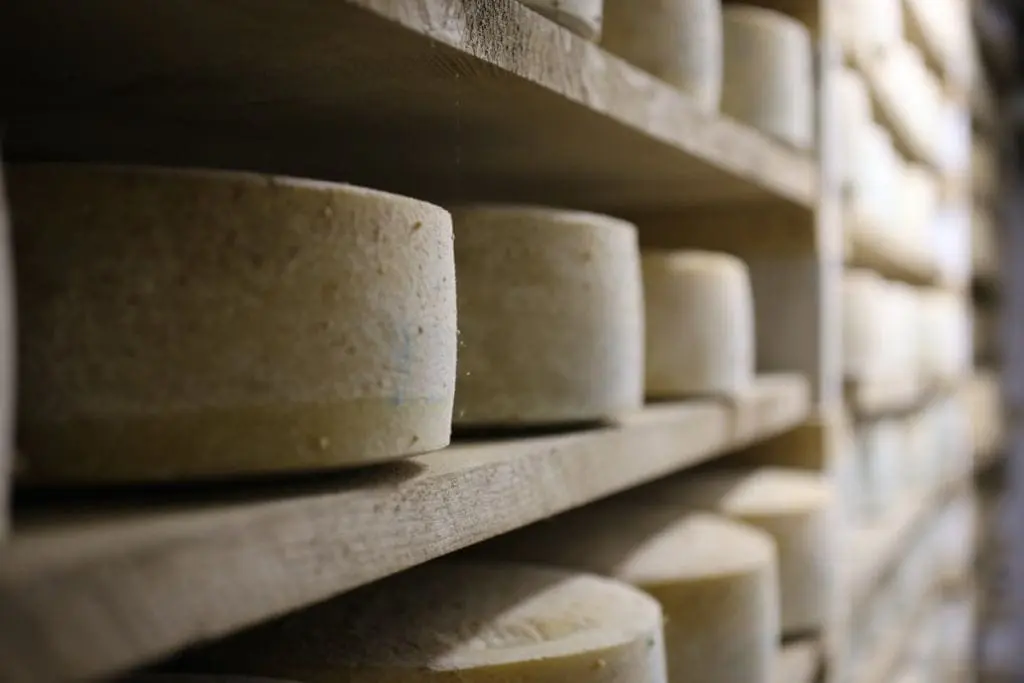When my gorgeous sister-in-law Hayli and her delightful husband Tristan got married in France a couple of summers ago, Matt and I spent a week at a gîte (french farmhouse) with his family and a mad gaggle of their international friends. It was a delightful mixture of cultures, languages and food with English, French, Belgian, Irish (and one slightly befuddled American).
Each night of the week, different groups of people would cook for the whole gîte (seriously, I think there were about 40 people in all). On our night, Matt and I along with a few co-cooks made baked pastas. I think one was a creamy wild-mushroom rigatoni and the other was a cheesy tomato penne type of thing. Not fancy but cooking for 40 people in a strange kitchen is HARD. I think between shopping, prepping and baking it took about 15 hours (okay, I may be exaggerating a teeny bit but it was seriously exhausting).
